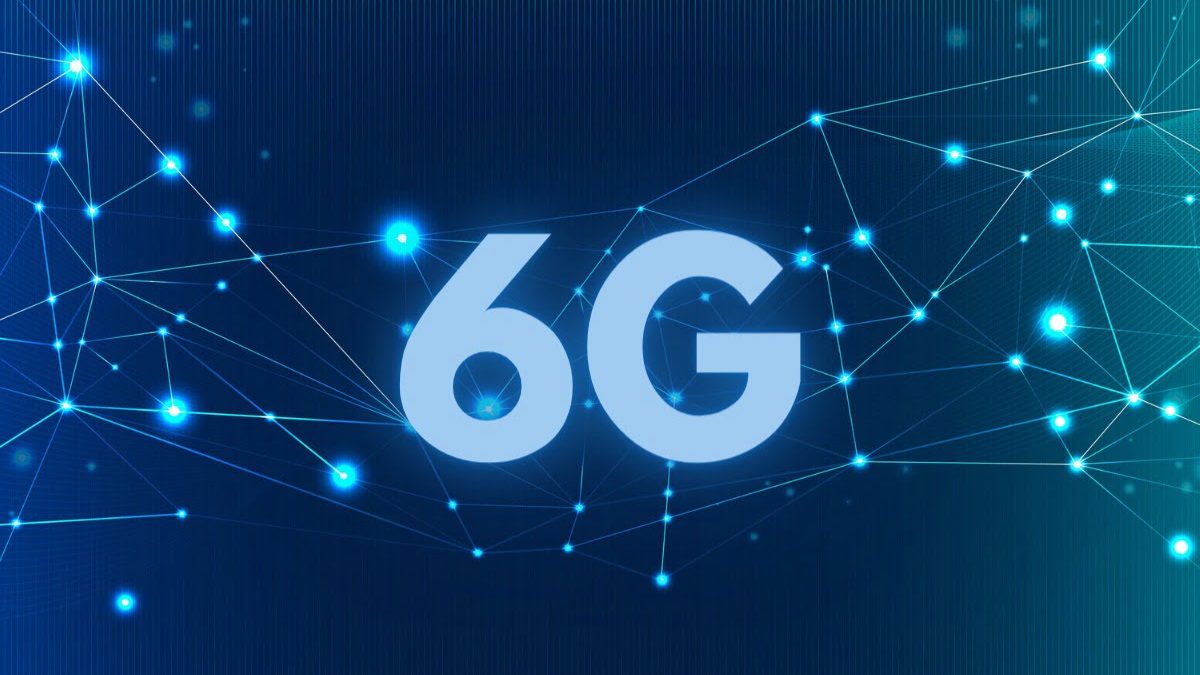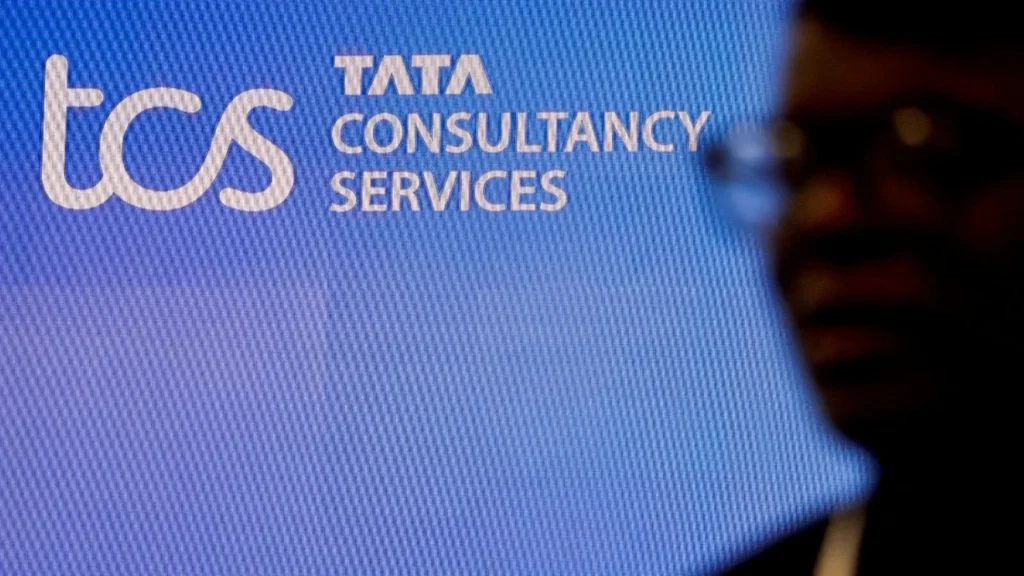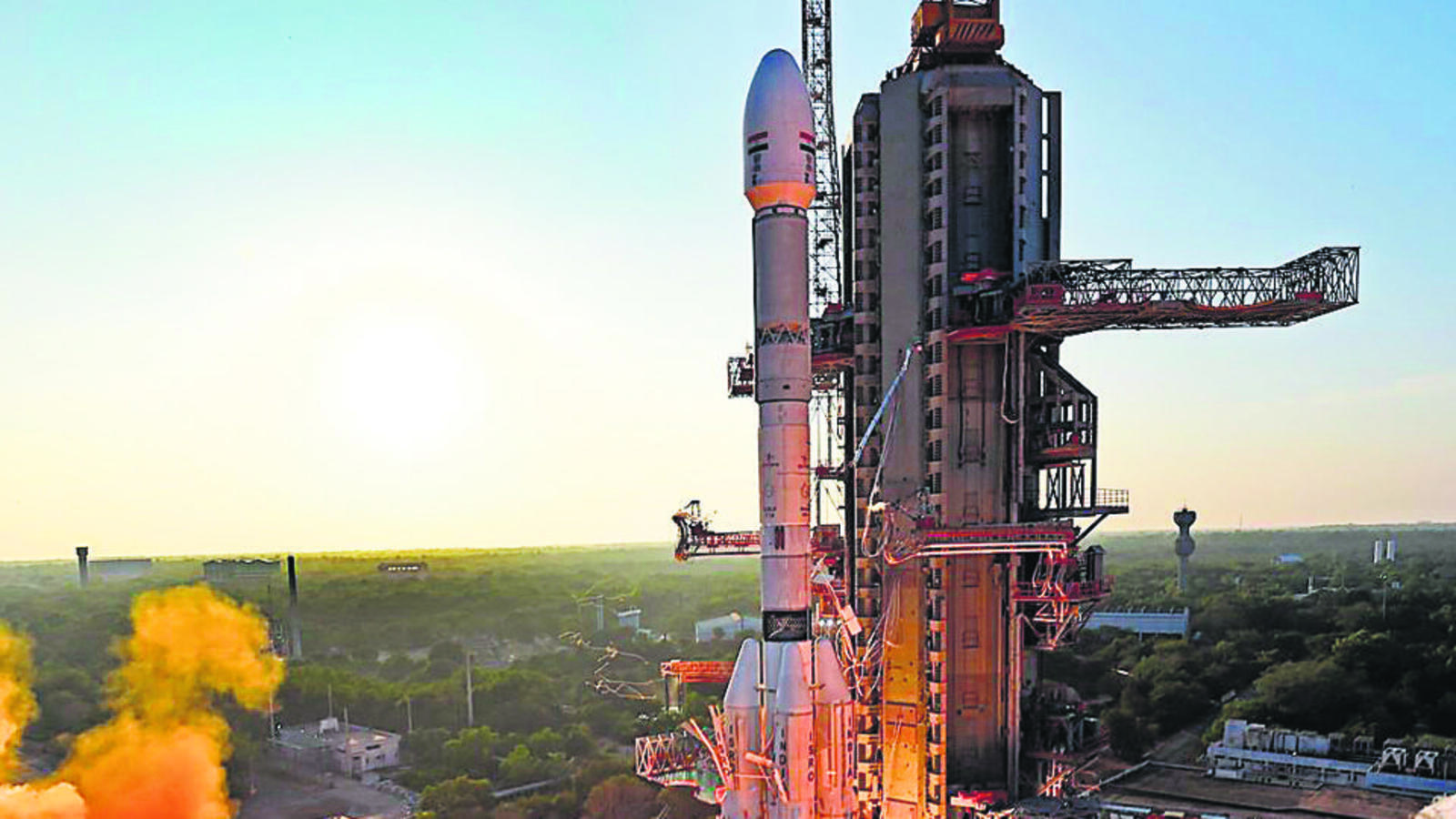Now Reading: India’s First 6G Pilot Launched in Pune – What It Means for Tier-2 Connectivity
-
01
India’s First 6G Pilot Launched in Pune – What It Means for Tier-2 Connectivity
India’s First 6G Pilot Launched in Pune – What It Means for Tier-2 Connectivity

In a significant step towards next-generation connectivity, India has launched its first 6G pilot project in Pune. As telecom innovation advances at a rapid pace, this development signals a new chapter not only for urban centres but also for Tier-2 cities that are fast becoming tech-forward hubs. The pilot aims to explore ultra-fast, low-latency networks that could transform digital access across the country.
What the 6G Pilot Involves
The pilot project, hosted at a leading technology institute in Pune, focuses on testing 6G’s core capabilities — faster data speeds, reduced lag, and enhanced spectrum efficiency. Engineers will simulate high-density usage environments to understand how 6G performs in real-world conditions.
The initiative also includes partnerships with Indian startups, academic researchers, and select international technology firms, ensuring that the pilot reflects a collaborative, future-ready approach.
Why Pune Was Chosen
Pune, often considered the educational and IT capital of Maharashtra, offers an ideal mix of academic institutions and emerging tech talent. Its growing infrastructure, combined with proximity to both metros and smaller towns, makes it a strategic location for trials that could influence connectivity in semi-urban and rural belts.
The learnings from Pune are expected to set a template for 6G rollouts in other Tier-2 and Tier-3 cities.
Implications for Tier-2 India
Tier-2 cities like Nashik, Nagpur, Bhopal, and Jaipur stand to gain significantly from the 6G revolution. These regions are already witnessing an uptick in digital entrepreneurship, remote work, online education, and e-healthcare — all of which require robust network infrastructure.
6G, with its potential to support advanced tech such as augmented reality (AR), real-time AI, and Internet of Things (IoT) applications, could bridge the urban-rural digital divide if deployed strategically.
Challenges Ahead
While the promise of 6G is exciting, there are practical hurdles. Network infrastructure in many Tier-2 and rural zones still struggles with 4G consistency. Experts caution that while pilot success is essential, parallel investment in power, towers, and spectrum access will be necessary for meaningful nationwide adoption.
Policy clarity, cost-efficient models, and public-private partnerships will be key drivers in making 6G accessible beyond metros.
Conclusion
The 6G pilot in Pune marks a futuristic leap in India’s digital journey — one that holds promise far beyond high-speed internet. For Tier-2 cities, this technology could redefine access to jobs, education, healthcare, and governance. As India prepares for the next wave of digital infrastructure, inclusivity and equitable access must remain at the heart of the rollout strategy.























